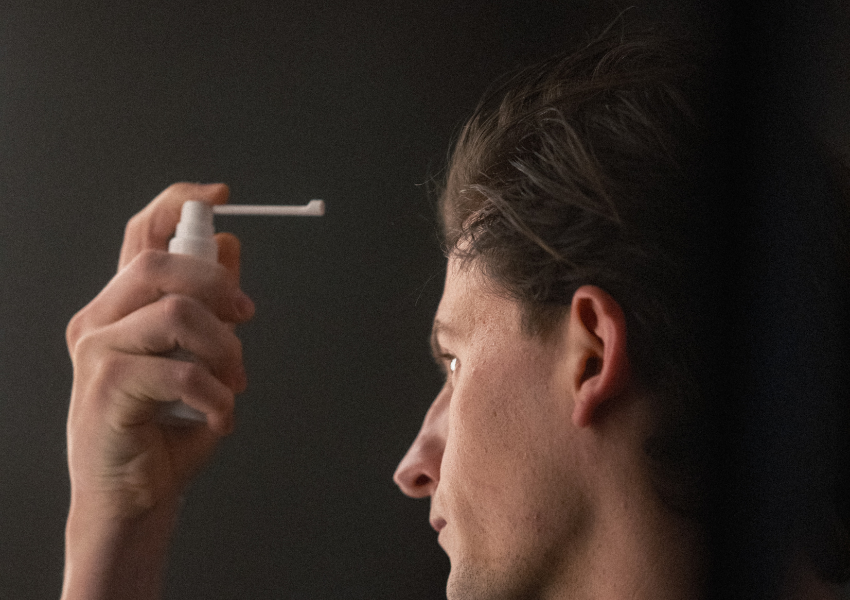

If you’re visiting this article, you might have spotted the first signs of hair loss, or maybe you’re concerned that it could happen to you one day in the future.
Getting to the bottom of why your hair is falling out is an important discovery to make so you can receive the best form of treatment to fight it.
This article will look at why men lose hair and what can be done to combat against it.
The primary reason some men lose hair is due to their genetic makeup. Androgenetic alopecia (scientific name for male pattern baldness) is a hereditary condition, where some men may be more sensitive to dihydrotestosterone (DHT), which is an androgen hormone responsible for the development of characteristics in men during puberty. According to the American Hair Loss Association, one in four men will start to lose their hair before the age of 21, but the risk increases with age.
There is some evidence to suggest that the X chromosome, which you inherit from your mother, has the AR gene within it, which some scientists hypothesise is responsible for making hair loss more likely. Other genes play a role in male pattern hair loss, of course, but this is one that is thought to be more significant than others.
There is no guarantee that if you have this gene, your hair will fall out. However, it makes it more likely to happen than compared to somebody without the gene.
Those who experience balding may be genetically more sensitive to DHT, which shrinks hair follicles on the scalp, so hair grows thinner and shorter until over time, it stops growing at all. There are a variety of treatments available which can help protect your scalp against the detrimental impact of DHT, which have a variety of evidence to back up their efficacy.
There are only two treatments approved by the HPRA for the treatment of male pattern baldness: Minoxidil 5% Spray and 1mg Finasteride.
Finasteride is a DHT-blocker, which means it blocks the conversion of testosterone into DHT. By lowering DHT levels, the hair follicles can continue to grow unincumbered. One study demonstrated that Finasteride was effective in 83% of men at stopping further hair loss after two years of use. It is best to act as soon as possible if you start to notice hair loss, which will increase your chances of keeping your hairline in place.
Minoxidil does not block DHT, but it has also been shown in studies to be effective in preventing hair loss and promoting regrowth of stronger, healthier hair. Minoxidil is a vasodilator, so it is thought to combat hair loss by boosting the blood flow to hair follicles in the scalp, creating an optimal environment for growth. It may also accelerate the hair growth cycle by shortening the ‘telogen’ (resting) phase of the hair and lengthening the anagen (growth) phase, believed to increase growth rate and hair density over time. The combined use of Finasteride and Minoxidil is thought to be effective in 94% of men.
Take a free consultation for personalised recommendations on treatment plans for your hair loss.
All of our blog articles are reviewed for medical accuracy by our Medical Director before publication.